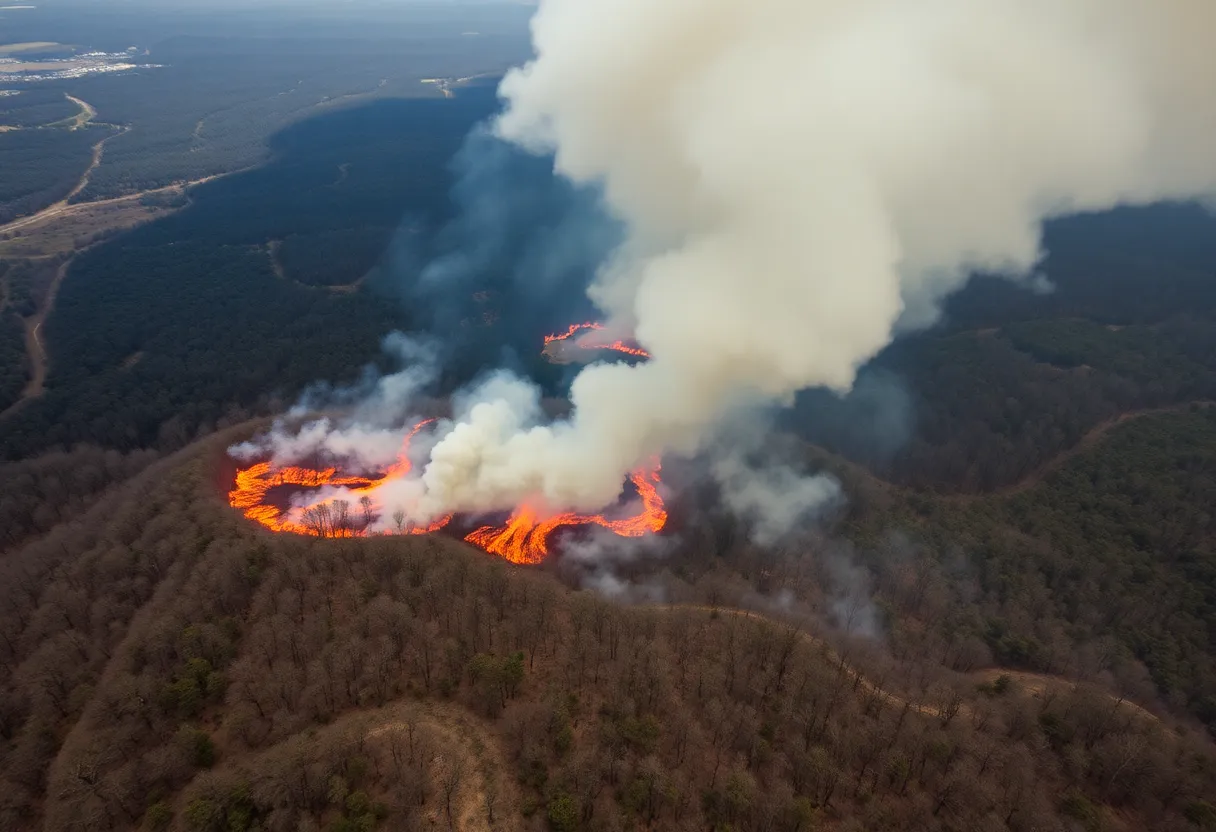Charleston County Couple Fined $289,000 for Illegal Seawall Construction
Isle of Palms, SC — October 2024
South Carolina’s coastal management agency has imposed a staggering fine of $289,000 on a couple from Charleston County, Rom and Renee Reddy, for allegedly building an illegal seawall and undertaking other construction activities on the beach at Isle of Palms. This penalty is one of the largest recorded in the agency’s nearly 50-year history and comes as a response to increasing concerns over storm damage and rising ocean levels threatening coastal properties.
The Reddys, who purchased their beachside home a decade ago, contest the state’s actions, asserting that they are being unfairly targeted. Rom Reddy expressed his frustration, claiming that the state is acting like the gestapo, referring to the notorious Nazi police force. He believes that the coastal department has neglected to maintain the beach and is obstructing his efforts to protect his home from the aggressive ocean waves.
The heart of the dispute revolves around a seawall constructed by Reddy last year aimed at protecting his property from encroaching waves. In South Carolina, seawalls are prohibited because they can obstruct public beach access and contribute to beach erosion, despite their intended purpose of safeguarding private properties.
Reddy claims that the state has become hostile due to his legal challenges against their enforcement practices. Earlier this year, he filed a lawsuit against the South Carolina environmental department in circuit court, alleging that the agency is effectively seizing his land for public use without proper compensation. Furthermore, he has appealed the enforcement actions to the S.C. Administrative Law Court and has even sued a former Isle of Palms official for defamation over comments made concerning his case.
“I’m doing this not just for me, but for all the others who can’t afford to challenge these regulations,” Reddy stated, emphasizing a commitment to protecting property rights. He acknowledged the potential loss of his own property but framed his struggle as a broader fight against government overreach. He warned that if regulators succeed in their enforcement efforts, it could undermine constitutional property rights across the state.
In addition to the massive fine, the coastal agency has mandated the Reddys to remove “non-beach compatible” materials placed in front of their house and restore the adjacent seashore. The agency has established rules to limit development in zones vulnerable to erosion, which include specific building restriction lines that property owners must adhere to if they wish to develop their properties.
State officials during their inspections reported that many of the activities carried out by Reddy were conducted without permission and included the installation of various structures and landscaping in areas deemed under state jurisdiction. The coastal management agency had previously issued multiple cease and desist orders to halt these activities.
Reports show that the Reddys’ situation has drawn attention from various stakeholders, including environmentalists, local property owners, and lawmakers. Potentially, the outcome of this case could shape future regulations for beach construction in South Carolina, particularly concerning seawall policies.
While some legislators advocate for more lenient regulations that support property owners seeking to protect their million-dollar investments from ocean damages, environmentalists argue that the coastal management agency’s enforcement is necessary to ensure the preservation of public beach access and protect coastal ecosystems.
Reddy’s case underscores the ongoing tension between development and environmental protection in coastal regions. As the debate continues, it illustrates the challenges homeowners face in balancing private property rights with the broader public interest in environmental conservation.







